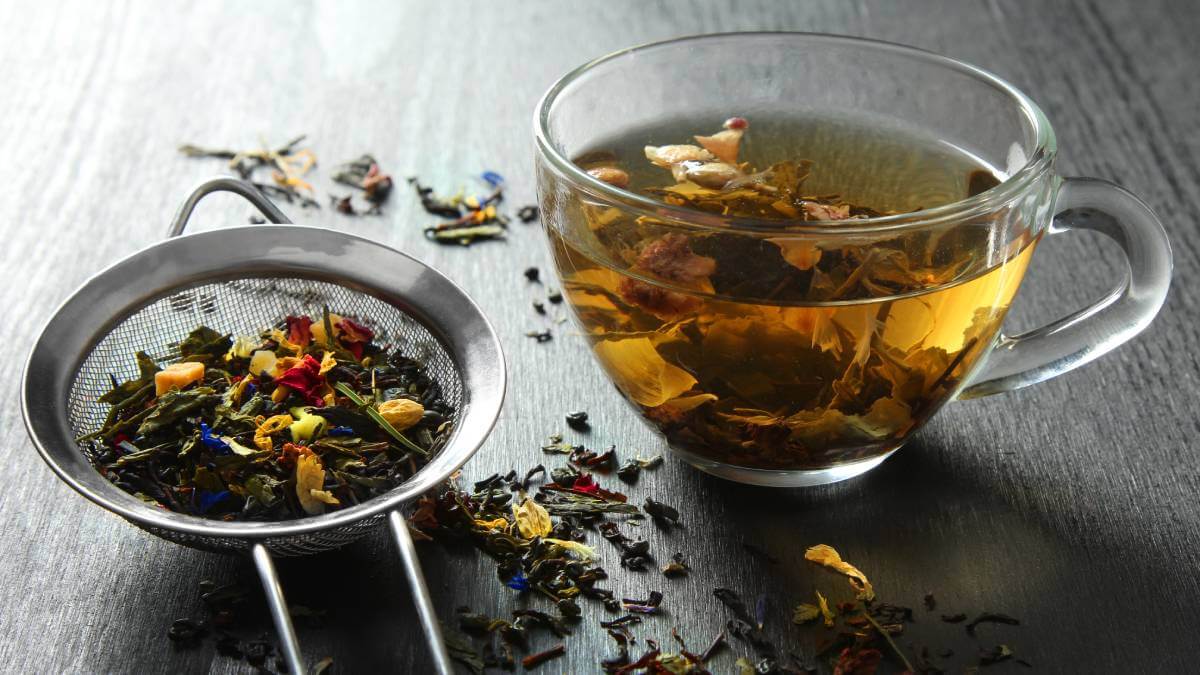Microplastics are the new eco nightmare, but did you know they are in your teabags?
You probably thought tea bags were made with paper or natural fibres. Some are, but most teabags in Australia are made of synthetic fibres, specifically food-grade nylon or polyethylene terephthalate (PET).
The synthetic fibres last longer and don’t fall apart when dunked in boiling water. They also shed microplastics as they go through the food chain. That’s why you are not supposed to put teabags into your green recycling.
But they are not just going into the bin, those plastics also go into you.
Australians love tea
However, there is no question of Australians going cold turkey on tea. According to marketing analysts Gitnex, Australians drink about 9.5 billion cups a year, 88 per cent of households regularly buy tea and the average annual consumption is 10.7kg per household. Tea bags account for 86.4 per cent of retail sales.
So how do you avoid plastic tea bags? There are a few tactics to keep your cuppa as healthy as you can.
Checking the packaging and only making sure you buy ‘all natural’ tea bags is one way.
This works well in theory, but there are very few products out there with natural tea bags. And often those that are niche products with a gasp-inducing price tag.
Make your own
You can also use loose-leaf tea. Of course, there is a good range of commercial options, but it’s also possible to make your own.
Where to start? Well, your local health food store or bulk food store is a good start.
Almost all offer loose-leaf options in eco-friendly packaging or in bulk lots.
If you crave a particular blend, it’s time to start experimenting and the options are near endless.
Why not try cinnamon, dried hibiscus flower, ginger, citrus peel, chamomile, rose hips, lemongrass, lemon balm or mint?
Grown your own flavours
You may have noticed many of those ingredients could be easily grown in your own garden.
I testify to the ease of growing lemon balm. I planted some in my herb garden about 10 years ago and it’s still popping up everywhere. It makes a great tea – or infusion – and is so prolific I may never conquer it. It’s a personal battle I’m not about to give up.
A good idea is to pop your favourites in pots by the kitchen door so it’s simply a case of snipping off what you want for that day.
Another good option is dried rose petals. They are available commercially or you can plant a bush and dry your own.
But be warned, all roses are edible, but some are more edible than others.
If you are planning on buying a rose to use as a food source, do a bit of research about which ones are best for tea. Good luck. There are more than 150 wild roses and an estimated 30,000 cultivated varieties to choose from. If it helps narrow it down, wild roses are far superior for rose hips.
Why not try some native flavours as well? Choose from lemon myrtle, native mint, native raspberry, Tasmanian pepperberry, and native ginger. Native foods are becoming more common at a retail level, but many can be bought online. Or once again, just grow your own.
Choose to infuse
So you’ve given up tea bags, now how are you going to get that tea into the hot water?
How you infuse your tea is a personal choice. My father would never use anything other than a tea pot. It looked just like this, which should bring back memories for many readers.
However, these days there are a few more portable options including tea balls, tea sticks, tea infusers that are custom-made for your cup and I’m throwing in an orange platypus infuser just because I can. It’s clearly made of plastic, so I’m probably not helping.
It doesn’t even have to be that sophisticated. For a quick and delicious tea, put a cinnamon quill, chunky slice of lemon, and a piece of ginger in a cup and pour over hot water. Presto, bingo, healthy flu-fighting tea.
Do you use loose leaf tea? How do you brew it? Why not share your experience in the comments section below?
Also read: Is WHO advice on artificial sweeteners a storm in a teacup?

